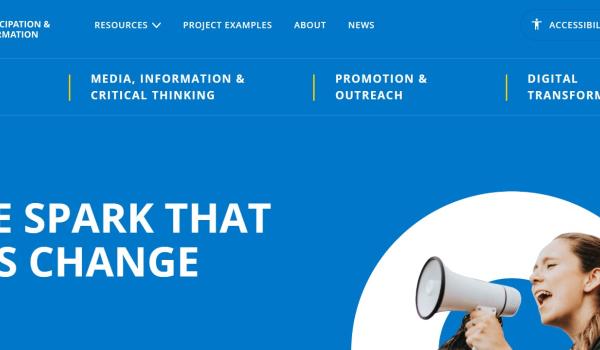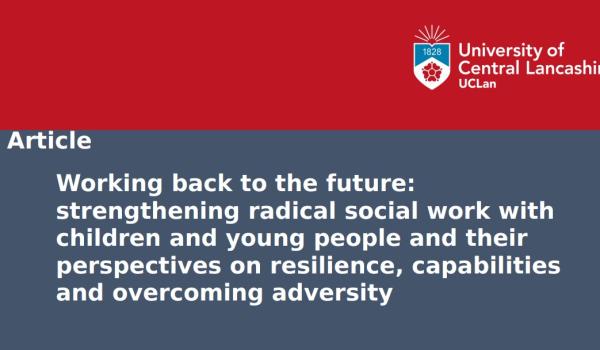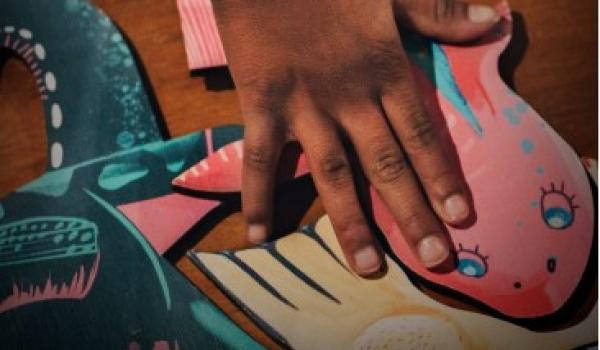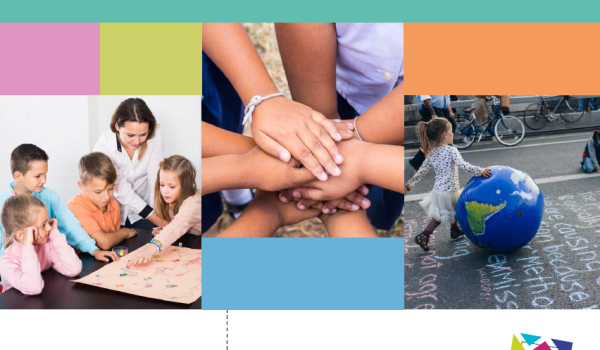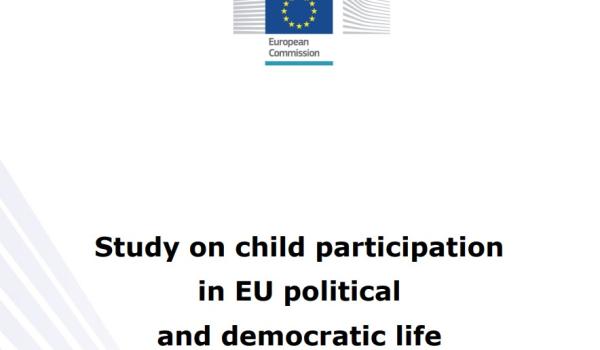Displaying 11 - 20 of 25
An online course to examine your understanding of runaways and formulate effective responses for better intervention and prevention.
A resources pool hosted by SALTO Participation and Information Resource Centre. The Participation Resource Pool provides trainers, youth workers, youth leaders and educators with access to online tools on media literacy training and innovative…
Using data from participatory storytelling research with 65 young people, this article provides a co-created theoretical grounding for radical social work with children and young people.
This report introduces and explains principles, concepts, and practical considerations, in order to fill gaps in understanding the practices of children’s participation in business. It is the result of a Global Child Forum research project aiming to…
This section of the Handbook focuses on the rights of individual children to have their views taken into account in day-to-day decision making, meetings, interviews, hearings and proceedings, for example in schools, early years centres, hospitals,…
Annex 8 of the Council of Europe Handbook on children's participation includes a checklist for professionals on how to support freedom of expression and association of children involved in participatory processes.
This general comment provides guidance about duty bearer's responsibilities to respect, protect and promote children's rights in this area. It contains significant focus on children's participation rights, including freedom of expression and…
List of children’s participation structures and mechanisms. Prepared as part of a study on child participation in EU political and democratic life, commissioned by the European Commission in 2020, published in 2021.
Based on the Lundy model, Hub na nÓg (Ireland) developed several forms for children and young people to complete at the end of meetings, events or activities to evaluate interaction with adult decision-makers either in person or online.
Very useful checklist to support meaningful participation in planning and evaluation based on the Lundy Model.
